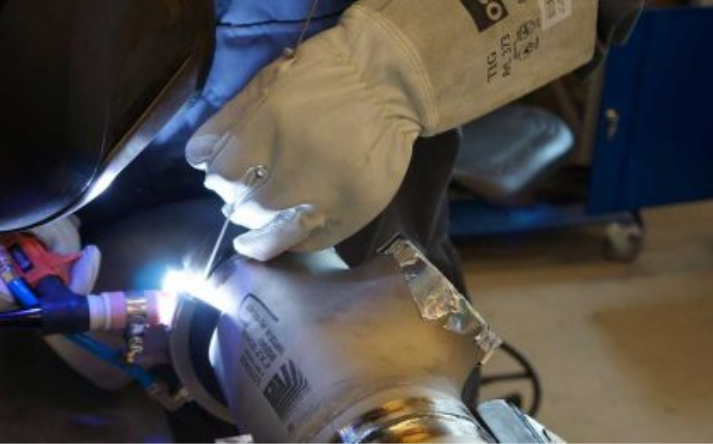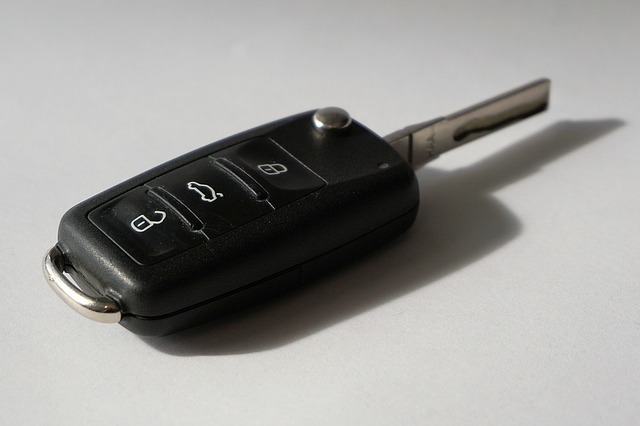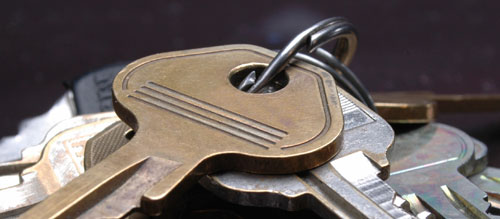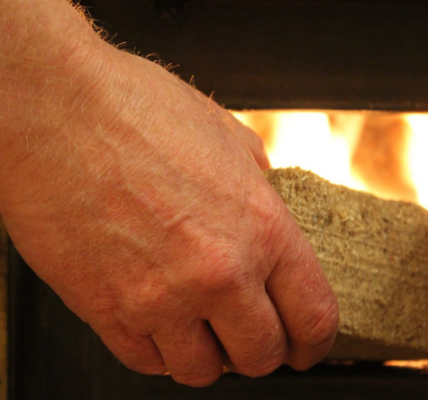What is Flow Meters?
A flow meter is an equipment that is used for measuring the flow of gasses, liquids and steam according to the principle of differential pressure. There is a range of different kinds of flow equipment based on what you want to measure.
For instance if you want to measure the flow of water that runs in the pipelines a Flow Meter would be the most efficient choice. With this equipment, you will be able to measure track flow rates, measure water usage and tracking the sewage flow. The flow meters is also an advantage for the operators on an industrial plant because they can control the use of water that is needed to cool the plant.
Who use Flow Meters?
These equipment’s are frequently used in many types of industries – mostly power stations, municipal water utilities and industries that use gas and oil pipelines. The industries that use Flow Meters have in common that it is essential for all of them to be able to measure the flow accurately. It is one of the critical factors that this type of equipment can best accommodate. The advantage of using these devices is not only that it provides accurate data on the flow, but also that it saves time, since you otherwise have to carry out the measurement manually, which increases time consumption and thus also has an impact on the economy, as it is an employee who must carry out the manual measurements.
The areas where these flow meters are used are most often in complex areas where there may be difficult access to measurement. Therefore, implementing flow meters will mean that you can measure accurately, in real time, avoid unnecessary time consumption and reduce costs.
Different types of Flow Meters
All of the types that will be described perform the same job, which is accurate measurement. The difference between them is where the equipment will be placed/installed to use and the approach of tracking.
Propeller Flow Meters
The Propeller Flow Meters are also known as the Mechanical (Turbine). This type of equipment measures how fast the flow is, when the water runs through the turbine and makes the propeller move. In that way it is the information about how fast propeller component turns that give the flow rates. This type of Flow Meters are as mentioned mechanical which is why an operator needs to maintain the components because they can wear down over time.
Differential Pressure Flow Meters
The Differential Pressure Flow Meters uses a construction such as an orifice. When water forces through the pipeline it records flow rates on both sides of the equipment. When it records high-pressure drop then it is an indication of high water flow rates.
Electromagnetic Flow Meters
This kind of Flow Meters are also known as magnetic meter and mag meters. The equipment uses electrodes to measure the flow rates. The difference compared to the other types of Flow Meters is that the equipment (electrodes) is embedded on the opposite side due to where the water flows. In that way, it creates a magnetic field. When the water runs through the pipeline the Electromagnetic Flow Meter senses the voltage that is generated, and by this sensing it will record the flow rate.
Vortex Flow meters
This kind of flow tracking equipment uses the von Kármán effect principle. The Vortex Flow Meters measures flow rates by tracking the differential pressure which occurs then the liquid passes through an obstacle. The changes that occur in the differential pressure creates a vortex.
Ultrasonic Flow Meters
By using ultrasonic waves the Ultrasonic Flow Meter measure how fast liquid runs though. The equipment injects waves in the liquid that is measured and by listening to the response it records the flow rates.







